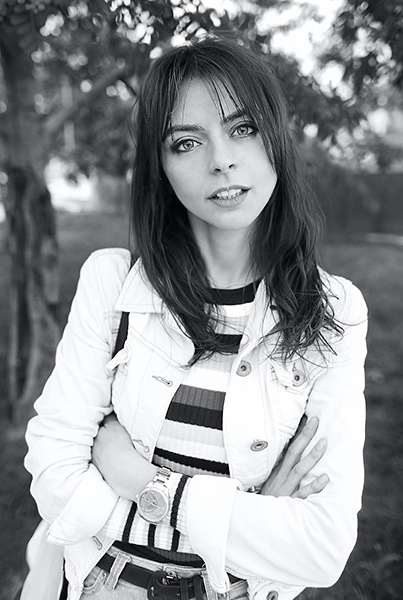"I started to be in photography about 15 years ago. At that time I used to model and participate in shootings. But quite quickly I got bored with posing and was becoming more curious to stand on the other side of the camera. So slowly, but certainly I started my own way in the big universe of photography. I have principles in my shootings and always keep in focus my own style. It’s very important for an artist to both keep his/her unique style and progress in it at the same time. When I shoot women I avoid sexualizing them and even photographing naked bodies there’ll be no sexual vision in the image, but sensual and sophisticated."
Anna Laza is an influential visual artist working in Art and Fashion photography. Her projects are focused on finding new innovative styles both shooting and post-processing. Her work has been rewarded and been exhibited internationally, she has won in a number of famous photo contests, including LensCulture, MonoVisions and Minimalist Awards. She is often published in photography magazines and regularly appears on prestigious jury lists for photographic events.
Besides her own photography, she is also a creator of the magazine FotoSlovo, which highlights every year new emerging talents in photography from Russia & CIS counties.
Metaphysical Body Landscapes
"My childhood I've spent at my grandmother's house in Romania, near the Carpathian Mountains. Seeing human's strong bond with the earth, observing nature, landscapes around influenced my understanding of earth beauty and men's connexion with it.
All being is something whole, indivisible. Earth, sky, plants, fruits, mountains, rivers, men, women, day, night- all merged together and flow into each other. This process is infinite and harmonious. Men came from the earth, lives on earth and will return to earth. And landscapes of the earth are seen in body curves. Growing up I moved to live in big cities, my grandmother passed away and I felt the loss of spiritual connexion with nature. To reconnect, I start to search the Landscapes in body in my photography."
